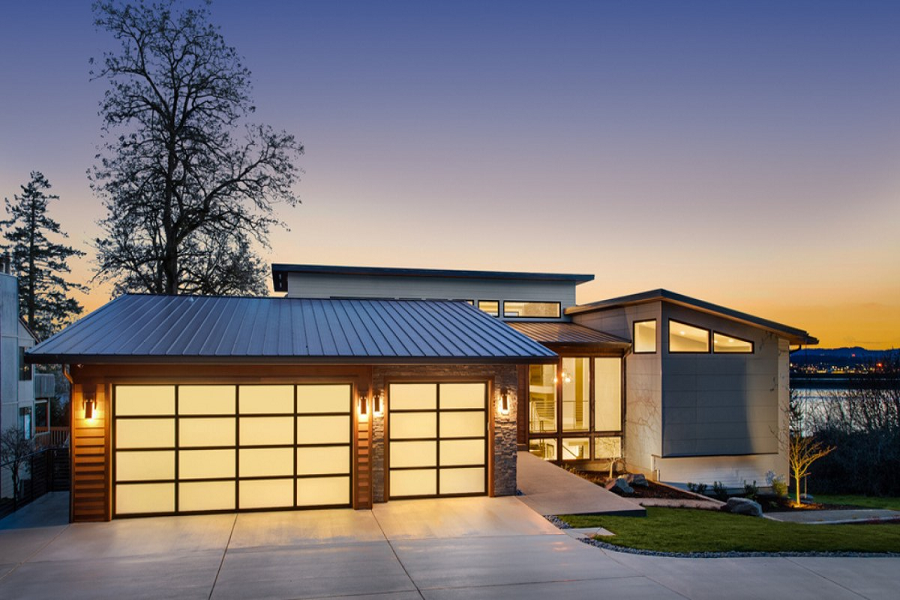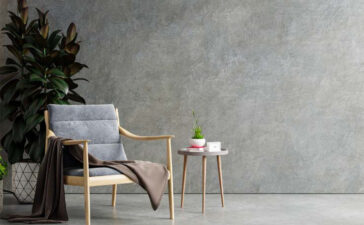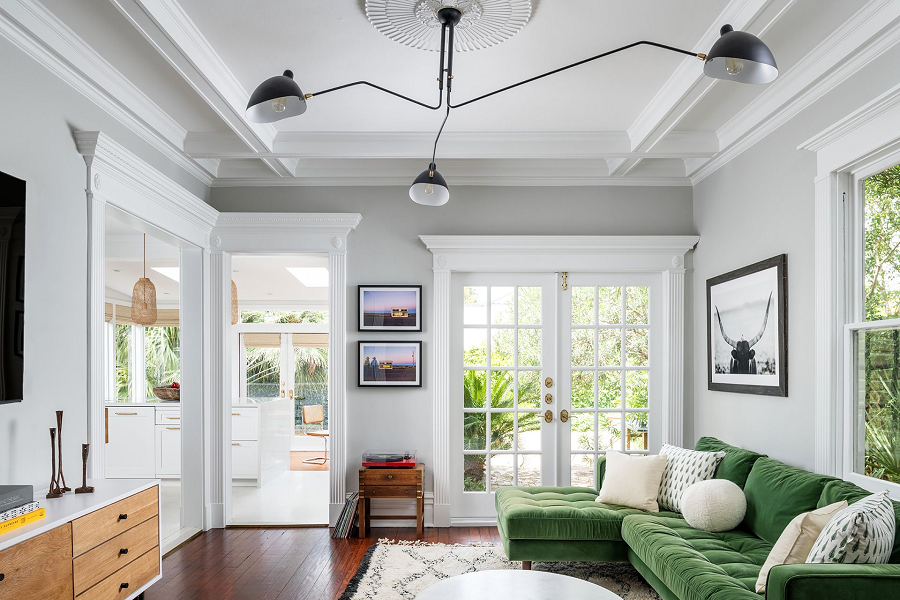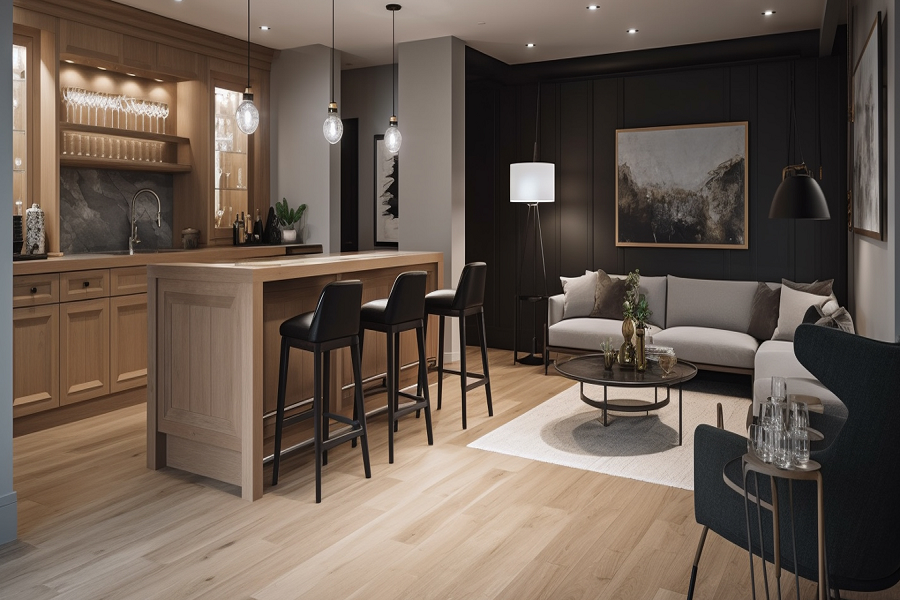In the realm of contemporary architecture and design, the role of roofing extends beyond mere structural functionality to become a prominent element contributing to a building’s aesthetic appeal. Modern roofing materials, styles, and design approaches have evolved, offering homeowners and architects an array of options that seamlessly blend style with functionality. This article explores the aesthetics of modern roofing, showcasing how innovative choices in materials and designs have transformed rooftops into expressive statements of architectural beauty.
Materials Redefined:
Gone are the days when roofing materials were limited to traditional options like asphalt shingles or clay tiles. The modern era brings forth an extensive palette of materials that cater to diverse tastes and architectural visions. Metal roofing, known for its durability and versatility, has become a popular choice, offering sleek profiles and a variety of finishes. Sustainable options like recycled metal or zinc-titanium alloy contribute not only to aesthetics but also to eco-friendly construction practices.
Synthetic roofing materials have also made a significant impact on the visual landscape. Synthetic slate, for instance, mimics the appearance of traditional slate but at a fraction of the weight and cost. Polymer-based shingles emulate the look of wood or cedar shakes while offering enhanced durability and resistance to the elements. These materials allow homeowners to achieve the desired aesthetic without compromising on performance.
Architectural Freedom:
Modern roofing design is characterized by a departure from conventional forms. Architects and homeowners are increasingly exploring avant-garde shapes and profiles, moving beyond the standard gable or hip roof. Flat roofs with clean lines are gaining popularity, especially in contemporary and minimalist designs. Butterfly roofs, with their upward-angled wings, create a distinctive silhouette that adds a touch of drama to modern homes.
The use of asymmetry and unconventional angles in roof design contributes to the creation of visually intriguing structures. Shed roofs, featuring a single, sloping plane, are employed to add a dynamic element, while skillion roofs, with their single, steep slope, create a striking visual impact. These design choices not only serve aesthetic purposes but also enhance the overall architectural character of a building.
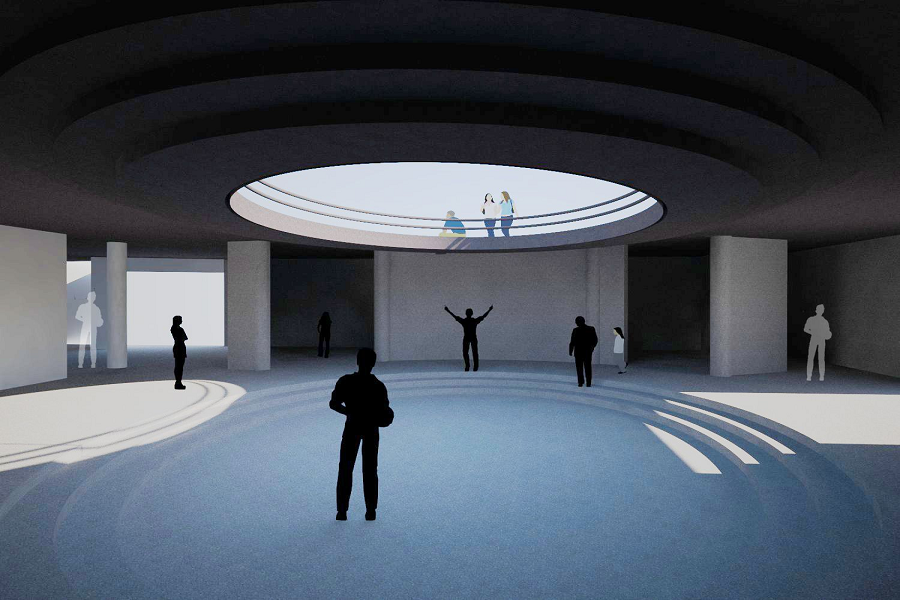
Incorporating Nature:
Green roofing, or living roofs, represents a harmonious blend of architecture and nature. These roofs are adorned with vegetation, providing insulation, reducing stormwater runoff, and creating a visual spectacle. From small sedum-covered roofs to expansive rooftop gardens, the integration of greenery into modern roofing design exemplifies a commitment to sustainability and an appreciation for the aesthetics of natural elements.
Color Dynamics:
The color palette of roofing materials has expanded beyond traditional neutrals.
Homeowners are presented with a diverse spectrum of colors, granting them the creative freedom to customize their roofs in harmony with the overarching color scheme of their homes. Whether opting for bold and vibrant hues to make a striking statement or choosing muted tones for a more subdued elegance, the array of color choices opens avenues for unparalleled creative expression and personalization.
Conclusion:
In the realm of modern architecture, roofing has emerged as a canvas for artistic expression and design innovation. The marriage of advanced materials, architectural freedom, nature integration, and a diverse color palette has transformed rooftops into more than just protective covers—they are now integral components of a building’s aesthetic identity. As the aesthetic considerations of roofing continue to evolve, homeowners and architects alike can explore a rich tapestry of possibilities, elevating the visual allure of structures while maintaining the functional integrity of the roof.

